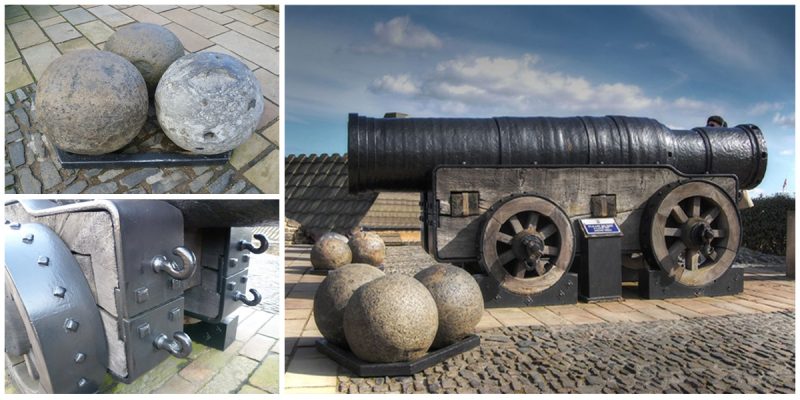Mons Meg, one of the largest cannons built in the Middle Ages, was employed in sieges for almost 100 years until the middle of the 16th century, after which it was only fired on ceremonial occasions.
The bombard was intended as a wedding present to King James II of Scotland, who married Duke Philip’s great niece, Mary of Gueldres, in 1457.
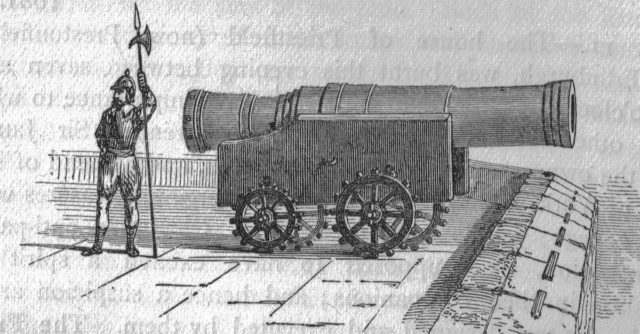
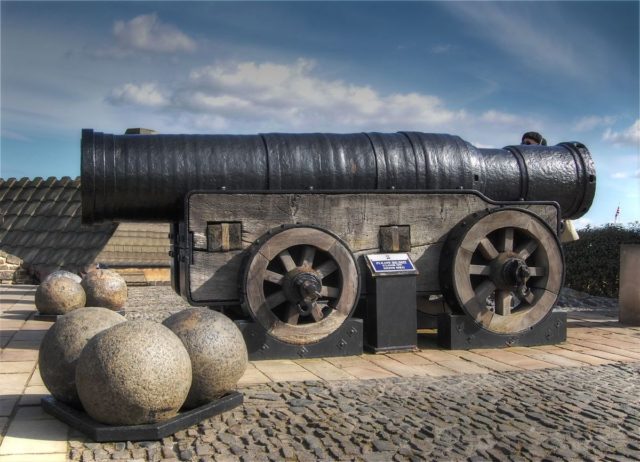
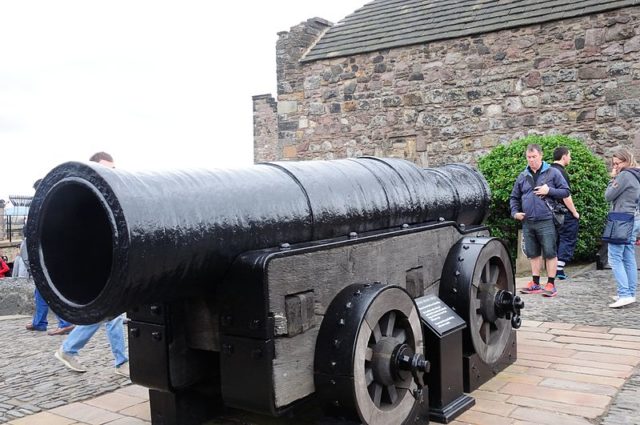
The six-ton muzzle-loaded cannon is capable of firing gunstones weighing 150kg a distance of nearly two miles. James IV used the weapon to besiege Dumbarton Castle, then held by the rebellious Earl of Lennox in 1489, and to attack Norham Castle in northern England.
The gun remained in Edinburgh Castle until 1754 when, along with other unused weapons in Scotland, it was taken to the Tower of London as part of the Disarming Act after the Jacobite Uprising.
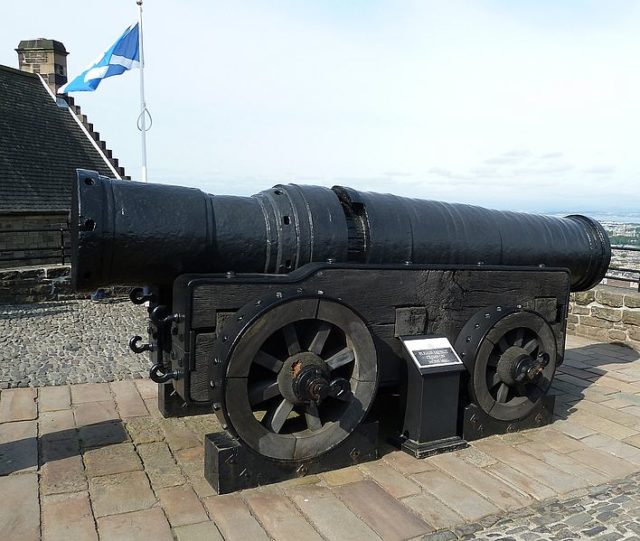
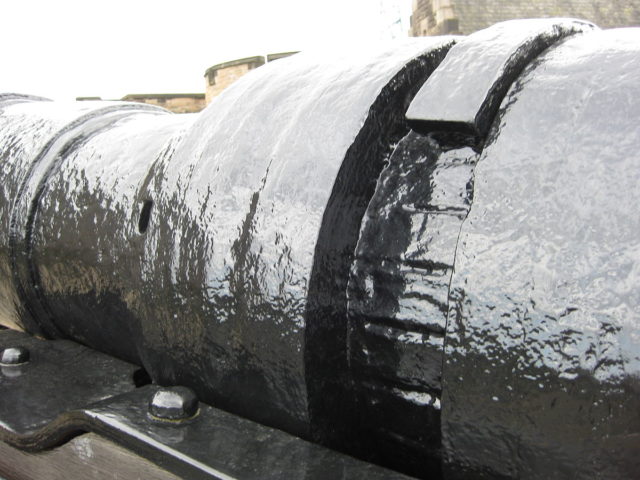
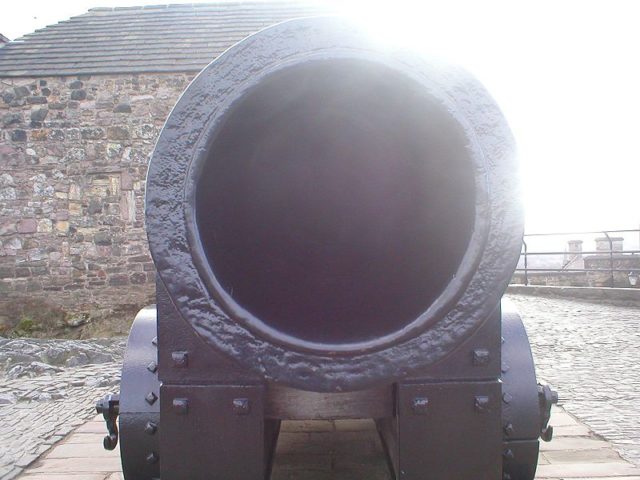
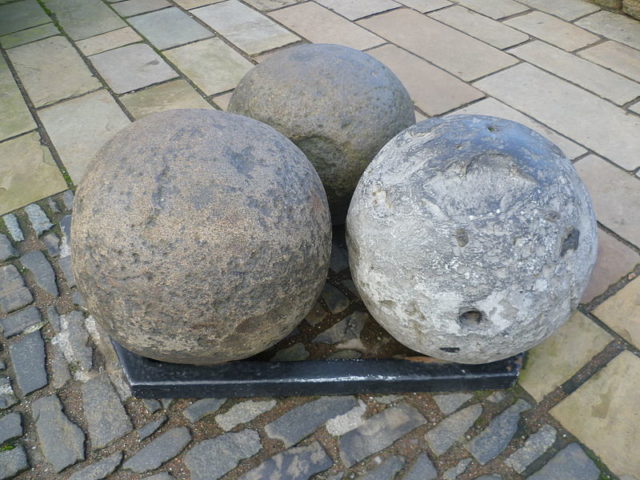
After 75 years in England, the gun was returned to Edinburgh in 1829 by order of George IV after a series of campaigns by Sir Walter Scott and the Society of Antiquaries of Scotland.
It made a triumphant return to the castle, escorted by three troops of cavalry and infantry from the docks at Leith.
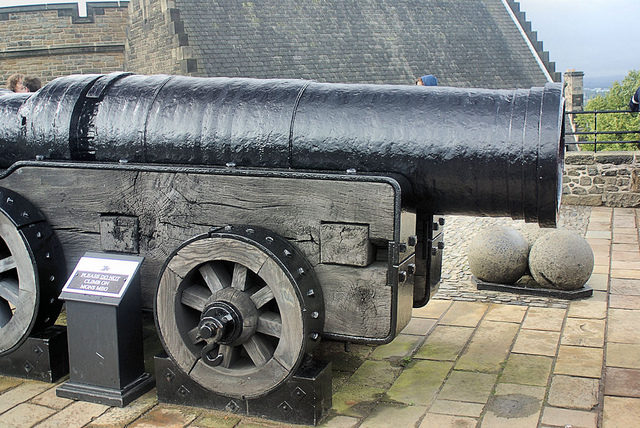
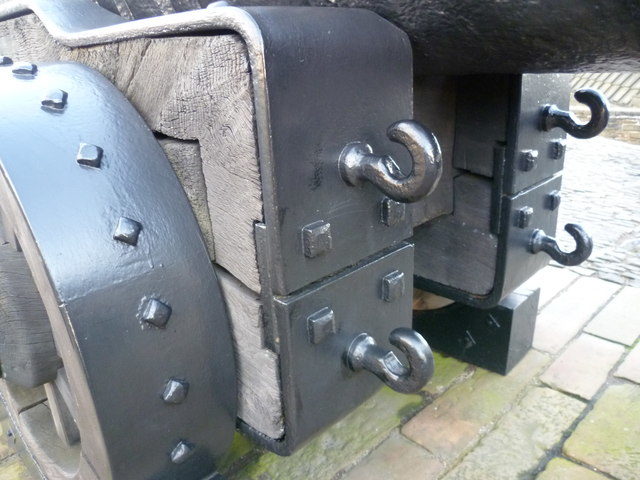
However, its great weight made it impractical to drag around in battle because it could only be moved at the rate of three miles a day. Thus it was retired and used only for ceremonial duties. Mons Meg was last fired on 14th October 1681 to celebrate the birthday of the Duke of Albany (later King James VII) when the barrel burst, effectively ending her operational life.
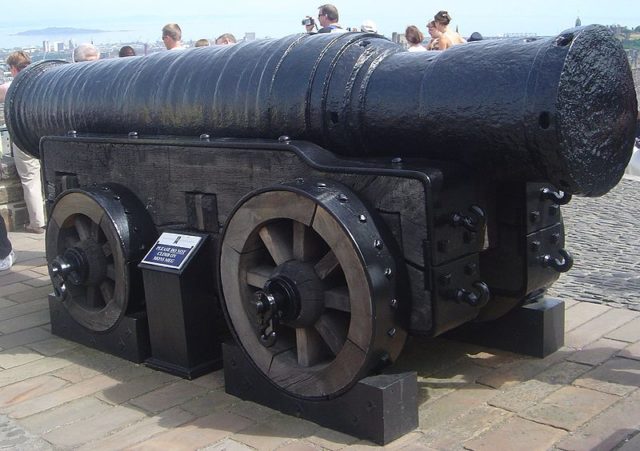
The gun forms part of the collection of the Royal Armouries and is on loan to Historic Scotland, the organization which manages Edinburgh Castle.
